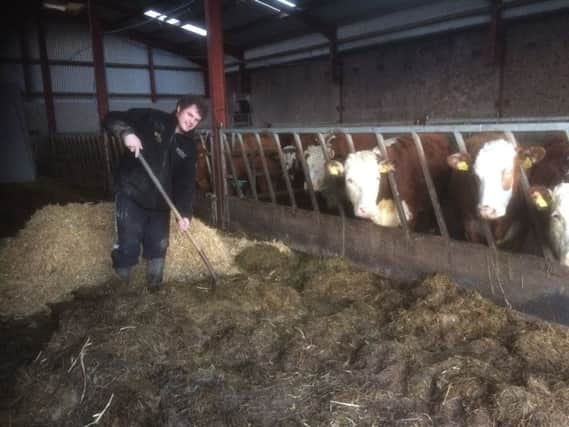County Tyrone farmer speaks out about costs of BVD in his herd


“During the first two years of tagging, all animals within my herd had been testing clear of BVD,” says Gary.
“However, in late 2015 I started to notice that a number of the cattle appeared to be performing poorly and losing condition during gestation and I realised that we had a serious problem in the spring of 2016 when some of the new-born calves started dying and others were scouring.”
Advertisement
Advertisement
In total, Gary lost 11 calves that year, which was nearly 30 percent of his calves for the year. He ended up with a veterinary bill of over £600 to investigate and attempt to treat the problem. In addition to this, he suffered a loss of income for the 11 dead calves, estimated at over £7,500.
Additionally, with the loss of the calves he had little option but to cull five of the older cows which increased his replacement costs for the year.
“When we began investigating the potential source of the infection with the vet, we were able to rule out bought in animals,” says Gary.
“When we asked around locally, we discovered that the most likely source of the infection was a calf belonging to one of our neighbours who had retained a Persistently Infected (PI) animal the previous year in the hope of rearing it to finishing.
Advertisement
Advertisement
“At the time, our neighbour believed the infectious animal had been sufficiently isolated to prevent any risk to his own herd. However, unfortunately that isolation seems to have been ineffectual.
“The infection spread and the infectious animal died before ever reaching finishing weight. All it did was cost both my neighbour and me both time and money,” says Gary.
Since this outbreak, Gary now vaccinates his cattle against BVD each year for fear of a similar thing happening.
He says: “We have completed some work along our boundary fences to try to reduce any future risk of the disease coming in over the fence. If I could pass on one piece of advice to my fellow farmer it would be to make sure that you remove any Persistently Infected (PI) animals from the farm as quickly as possible.”